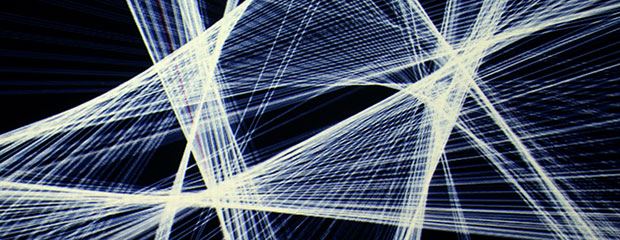Register to attend our new online conference (May 20, 2015) to hear Claire Rowland and other design leaders discuss experience design and the Internet of Things.
The Internet of Things (IoT) is challenging designers to rethink their craft. I recently sat down with Claire Rowland, independent designer and author of the forthcoming book Designing Connected Products to talk about the changing design landscape.
During our interview, Rowland brought up three points that resonated with me.
Interoperability and the Internet of Things
This is an IoT issue that affects everyone — engineers, designers, and consumers alike. Rowland recalled a fitting quote she’d once heard to describe the standards landscape: “Standards are like toothbrushes, everyone knows you need one, but nobody wants to use anybody else’s.”
Designers, like everyone else involved with the Internet of Things, will need equal amounts of patience and agility as the standards issue works itself out. Rowland explains interoperability:
“Interoperability is about devices and applications and services being able to interact with other devices, applications, and services regardless of the hardware architecture or who made them or what kind of software they run. Basically, IoT — that means, the devices and services for which we may connect our applications — can discover and communicate and coordinate with other devices and services, no matter who made them.
“It also means that if you want to substitute, if you have a fitness tracker from one manufacturer and you want to replace it with a fitness tracker from another manufacturer, in an ideal world, you would be able to say, I’ve changed, but I haven’t lost my data. That is a fairly seamless experience.”
Rowland outlined a number of specific IoT issues designers must confront, including:
Experience designers need to think about the network
The IoT is an ecosystem of devices interacting with each other. “The more that those things become connected to other products and other systems, the more you have to start thinking about networks,” Rowland says. “You can’t treat it as making a single device or making an app; if you do those things in isolation, you may do them individually very well, but you’re not necessarily going to come up with a great overall experience.”
The IoT’s latency problem
What we’ll accept in the digital world isn’t the same as what we’ll accept in the physical world. “We have these expectations about things — like Skype calls can fail and web pages can be slow to load and sometimes emails go on a long route round to get to you and take a while,” Rowland says. “It is not great, but we’re used to that. However, we are used to physical things in the world around us responding immediately and reliably. That might not happen [with the IoT]. It is obviously not acceptable if you’re to turn a light on from your smartphone and have that take 30 seconds to respond. You are just going to think it’s not working. ”
You can listen to the entire interview in the player below, or through our O’Reilly SoundCloud stream.
Claire is a co-author of the forthcoming book Designing Connected Products, along with Elizabeth Goodman, Martin Charlier, Alfred Lui, Ann Light. Free sample chapters can be found here.
Cropped image on article and category pages by Marc Wathieu on Flickr, used under a Creative Commons license.
This post is part of our ongoing exploration into experience design and the Internet of Things.

